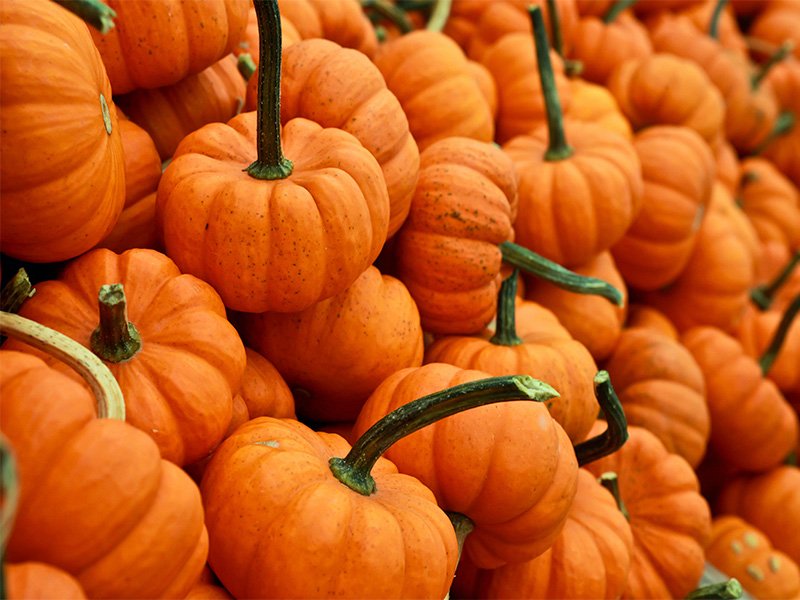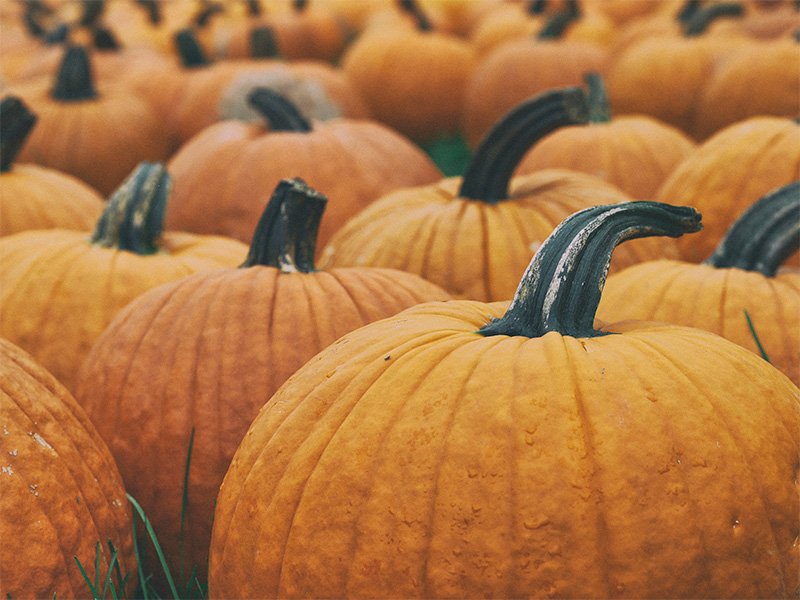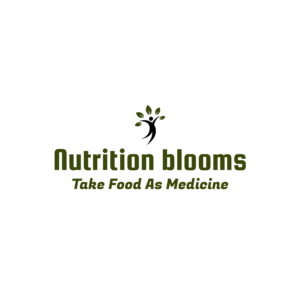Can you eat raw pumpkin? It’s a question that may have crossed your mind, especially during the fall season when pumpkins are plentiful and seemingly everywhere. While we often associate pumpkins with warm pumpkin pies or roasted pumpkin soup, there’s more to this versatile vegetable than meets the eye. In this blog post, we’ll explore whether eating raw pumpkin is not only safe but also beneficial for your health. So grab a cup of hot cider, and let’s dive into the wonderful world of pumpkins!

The Nutritional Benefits of Pumpkin
Pumpkins may be known for their role as festive decorations or the star ingredient in delicious autumn recipes, but they also pack a nutritional punch. These vibrant orange gourds are low in calories, vitamins, minerals, and antioxidants.
One of the standout nutrients found in pumpkins is beta-carotene. This powerful antioxidant is converted into vitamin A by the body, promoting healthy vision and skin health. Pumpkins are also rich in vitamin C, which supports immune function and collagen production.
Not only do pumpkins provide essential vitamins, but they’re also a good source of dietary fiber. Fiber aids digestion, helps maintain a healthy weight, and keeps you feeling fuller for more extended periods.
In addition to these nutrients, pumpkins contain potassium—an electrolyte that assists with fluid balance—and smaller amounts of other minerals like magnesium and iron.
But the questions to answer that can you eat raw pumpkin? It is important to note that different parts of the pumpkin offer varying degrees of nutritional benefits. The flesh contains higher levels of certain nutrients compared to the seeds or peel. However, if you choose to enjoy your pumpkin—whether raw or cooked—you can reap its many nutritional rewards!
Raw vs. Cooked Pumpkin: What’s the Difference?
When it comes to enjoying pumpkin, you may wonder whether it’s better to eat it raw or cooked. Let’s explore the differences between these two options.
Raw pumpkin offers a refreshing and crisp texture that can be great for snacking or adding to salads. It retains its natural flavors and nutrients, making it an excellent choice for those seeking a nutrient-dense snack. On the other hand, cooking pumpkin can bring out its natural sweetness and enhance its flavor profile.
Cooking methods such as roasting or steaming can soften raw pumpkin, making it more tender and accessible to digest. The heat also helps break down certain fibers in the vegetable, allowing your body to absorb more of its valuable nutrients.
Additionally, cooking can increase the availability of beta-carotene in pumpkins – a powerful antioxidant that gets converted into vitamin A by our bodies.
Both raw and cooked pumpkin has their unique benefits. Raw is perfect for those who prefer a crunchy texture with maximum nutritional content, while cooked provides enhanced flavor profiles along with increased bio availability of certain nutrients.
Experimenting with different ways of preparing pumpkins will allow you to enjoy this versatile vegetable in various forms while reaping its many health benefits!
Potential Risks of Eating Raw Pumpkin
While raw pumpkin can offer some nutritional benefits, it’s essential to be aware of the potential risks associated with consuming it in its uncooked form. One of the main concerns is bacterial contamination. Raw fruits and vegetables, including pumpkins, may harbor harmful bacteria like Salmonella or E. coli that can cause food borne illnesses.
Another risk is digestive discomfort. Raw pumpkin contains high amounts of fiber, which can be difficult for some people to digest properly, leading to bloating, gas, or diarrhea. Additionally, eating large quantities of raw pumpkins could cause stomach upset or indigestion.
It’s also worth noting that specific individuals may have allergies or sensitivities to raw pumpkins. Symptoms such as itching, swelling, hives, or difficulty breathing could indicate an allergic reaction and should not be taken lightly.
To mitigate these risks and enjoy the goodness of pumpkin safely, consider cooking your pumpkin before consumption. Cooking helps kill any harmful bacteria and makes the vegetable more easily digestible. So whether you roast it in the oven or steam it on the stovetop – a little heat can go a long way!
Remember to always consult with your healthcare provider if you have any specific dietary concerns or medical conditions before making significant changes to your diet.
Creative Ways to Incorporate Raw Pumpkin into Your Diet
Can you eat raw pumpkin in creative ways? Yes there are unique ways to add raw pumpkin to your meals? Look no further! From salads to smoothies, there are plenty of creative ways to incorporate this nutritious vegetable into your diet.
1. Pumpkin Salad: Chop up some raw pumpkin and toss it with your favorite leafy greens, like spinach or kale. Add in some crunchy toppings like toasted nuts or seeds for extra texture.
2. Pumpkin Smoothie: Blend chunks of raw pumpkin with a banana, almond milk, and cinnamon for a delicious and nutrient-packed smoothie. You can also add in other fruits, like apples or pears, for added sweetness.
3. Pumpkin Salsa: Combine diced raw pumpkin with tomatoes, onions, jalapenos, cilantro, lime juice, and salt for a refreshing salsa that pairs well with chips or grilled meats.
4. Raw Pumpkin Hummus: Swap out chickpeas for raw pumpkin when making hummus. Blend cooked or roasted pumpkin with garlic cloves, tahini paste, lemon juice, olive oil, cumin powder, and salt until creamy.
5. Raw Pumpkin Energy Balls: Mix dates, pumpkin puree, cashews, chia seeds, vanilla extract, cinnamon, and nutmeg in a food processor.
Then, roll the mixture into small balls before refrigerating them until firm.
These energy balls make perfect on-the-go snacks!
Get creative in the kitchen and experiment with these ideas to enjoy the benefits of raw pumpkins while adding variety to your meals!

Should You Eat Raw Pumpkin?
Raw pumpkin can be a nutritious addition to your diet, but whether or not can you eat raw pumpkin depends on your preference and dietary needs. There are some factors to consider before incorporating raw pumpkin into your meals.
Raw pumpkin contains many of the same nutritional benefits as cooked pumpkin. It is low in calories and fiber, making it an excellent option for weight management and digestive health. Additionally, raw pumpkin is rich in vitamins A and C, which promote healthy skin and boost the immune system.
However, there are potential risks associated with eating raw pumpkin that you should be aware of. Raw pumpkins may contain harmful bacteria or parasites on their skin or flesh. To minimize this risk, it’s essential to thoroughly wash the outer surface of the pumpkin before consuming it raw.
If you eat raw pumpkin, there are creative ways to incorporate it into your diet. You can blend chunks of fresh pumpkin into smoothies for added texture and flavor or slice it thinly for use in salads. Some people even enjoy snacking thin strips of uncooked pumpkin as a crunchy chip alternative.
While eating raw pumpkin can be safe and beneficial if proper precautions are taken, cooking the vegetable can help eliminate potential risks associated with consuming it uncooked. Whether to eat raw or cooked pumpkins depends on personal preference and individual dietary needs.
Other Health Benefits of Pumpkins
In addition to being a delicious and versatile ingredient, pumpkins also offer a range of health benefits. Here are some other ways that including pumpkins in your diet can support your overall well-being.
Rich in antioxidants: Pumpkins are packed with antioxidants like beta-carotene, which helps protect the body against free radicals and oxidative stress. These antioxidants are vital in maintaining good eye health, boosting immunity, and reducing the risk of chronic diseases.
High in fiber: Pumpkin flesh is an excellent source of dietary fiber. A single cup of cooked pumpkin contains around 3 grams of fiber. Including fiber-rich foods like pumpkin in your diet can aid digestion, promote regular bowel movements, and help maintain healthy cholesterol levels.
Low-calorie option: If you’re watching your calorie intake or trying to shed some pounds, raw or cooked pumpkin can be a great choice. With only about 50 calories per cup (cooked), it’s a satisfying food that can be incorporated into various dishes without excessive calories.
Versatile cooking options: Not only are pumpkins nutritious on their own, but they also lend themselves well to creative recipes. From roasted pumpkin seeds to soups, smoothies, and even desserts like pumpkin pie or bread – the possibilities for incorporating this nutrient-packed squash into your meals are endless!
So whether you choose to enjoy it raw or cooked, there’s no denying that pumpkins offer numerous health benefits beyond just their delicious taste. So go ahead and embrace this seasonal super food as part of your balanced diet!

Conclusion
After a thorough analysis of the nutritional benefits, differences between raw and cooked pumpkin, potential risks, and creative ways to incorporate raw pumpkin into your diet, it is clear that eating raw pumpkin can be a healthy and delicious addition to your meals. Raw pumpkin is rich in essential vitamins, minerals, and antioxidants that promote well-being.
However, it’s important to note that consuming large amounts of raw pumpkin may cause digestive discomfort for some individuals due to its high fiber content. If you have any specific dietary concerns or sensitivities, it’s always best to consult a healthcare professional before making significant changes to your diet.
Incorporating raw pumpkin into your meals doesn’t have to be limited to traditional methods like salads or smoothies. Get creative by experimenting with recipes such as energy balls, dips, or even adding grated raw pumpkin to oatmeal for extra texture and flavor.
Remember that while eating raw pumpkin can offer numerous health benefits, cooking pumpkins also has its advantages. Cooking helps break down certain compounds and enhances the availability of nutrients for absorption by the body.
Eating raw or cooked pumpkin depends on personal preference and dietary needs. So go ahead and enjoy this versatile vegetable, whichever suits you best!
So next time someone asks, “Can you eat raw pumpkin?”, confidently respond with a resounding “Yes!” knowing all the incredible possibilities this vibrant veggie holds for taste buds and nutrition!


1 thought on “Can you eat raw pumpkin? A brief analysis”